I have been working with an adoptee that has many close genetic relatives and tons of distant ones. Obviously I cannot reveal names or get too specific, but what I found was deep in their ancestry were two brothers of one family marrying two sisters in another family; all within the same generation.
Then I found at least two other occasions where one or two generations apart someone married an individual who was a second or third cousin in the same family. Oddly enough I posted a similar message about someone elses mention of cousins intermarrying and wreaking havoc on the genetics.
Add to all that a possible affair that occurred and I can tell that the adoptee was from another part of the same family tree because they have genetically related cousins that will not be reachable genealogically unless I find a birth mother on that side of the family to connect them with. See as it stands I have them connected to their birth father and these genetic cousins on the other side of the tree say they are just not related; even though we know that science says they are.
Working with genealogical information is like a puzzle. In fact it reminds me of chaos theory; except with an abstract twist. I find no fault with intermarriages that took place, nor really the human nature to be promiscuous. I don’t necessarily condone it, but I cannot deny it, if my goal is to help adoptees one must keep a constant open mind for the implausible.
So while my head spins around and bounces off distances where cousins don’t relate at a genealogical level, but do at a genetic level one has to create new rules to fabricate the actual boundaries to look inside a tree. It’s difficult to describe, but it becomes quite familiar as you roam a tree. In short I move the individual who relationships are formed or described; in other words, the home person of the family tree. I move the home person to the unreachable genetic cousin, then slowly creep away from them until I come across individuals who might fit the information I have for the birth mother.
Then I create another birth child (adoptee) and move the DNA results to that child. Once that is done and given a few hours for Ancestry to catch up and align where the new genetic relatives match I can prove or disprove (substantiating or not) my case of the birth mother I picked. I know I have shared a similar story describing this before, but it does require a greater attention to small details to try and locate really good candidates. Even though ancestry only describes the range of the genetic relatives that match our adoptee, one can calculate possible distances to try.
So, for instance, if the distance is suggested to be a second cousin, genetically speaking, that could also be a first cousin twice removed. I refer to the chart on the ISOGG wiki. Take a look at what a great grandparent can also be and you will understand the complexities of what one has to rule out.
Either way, using ancestry to help build your case is really not such a bad idea. Even the case where their “DNA Circles” are used to connect unknown relatives. I have used this information for an adoptee and been able to map towards a distant cousin. That includes substantiating the information that led me there with documentation too. I am always looking for new ways to take advantage of what tools are provided; even if the way I use them may not necessarily have been intended to perform the task that I found most benificial.
